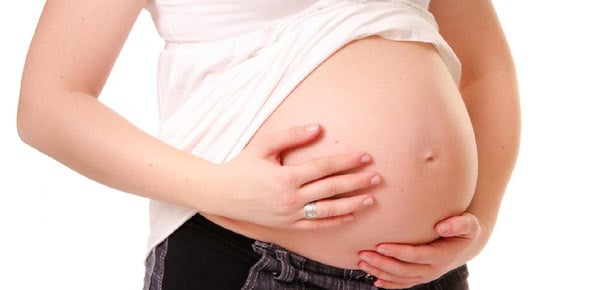Block 7 BRS - Placenta And Amniotic Fluid
- ACOG
- FIGO
2.
You may optionally provide this to label your report, leaderboard, or certificate.
×
Thank you for your feedback!
















